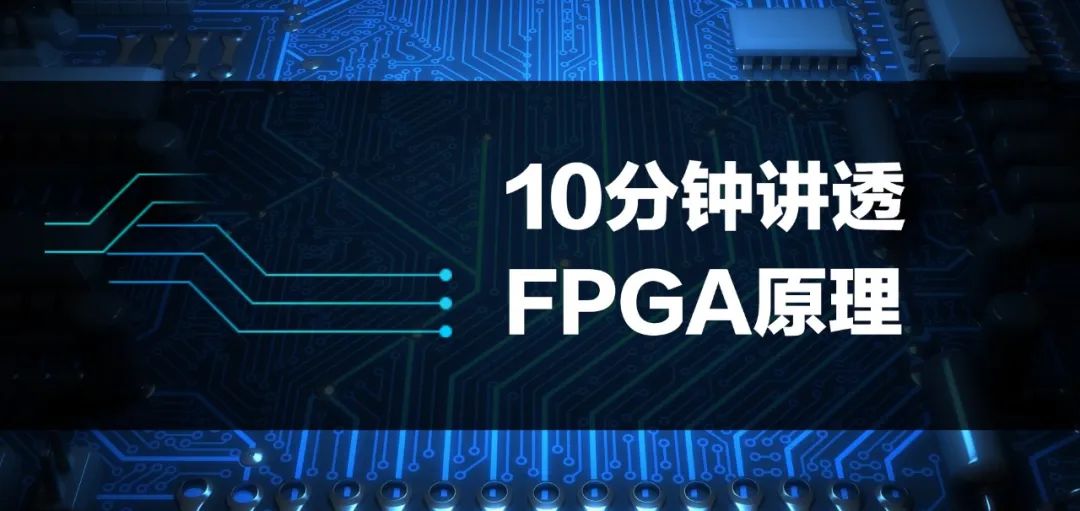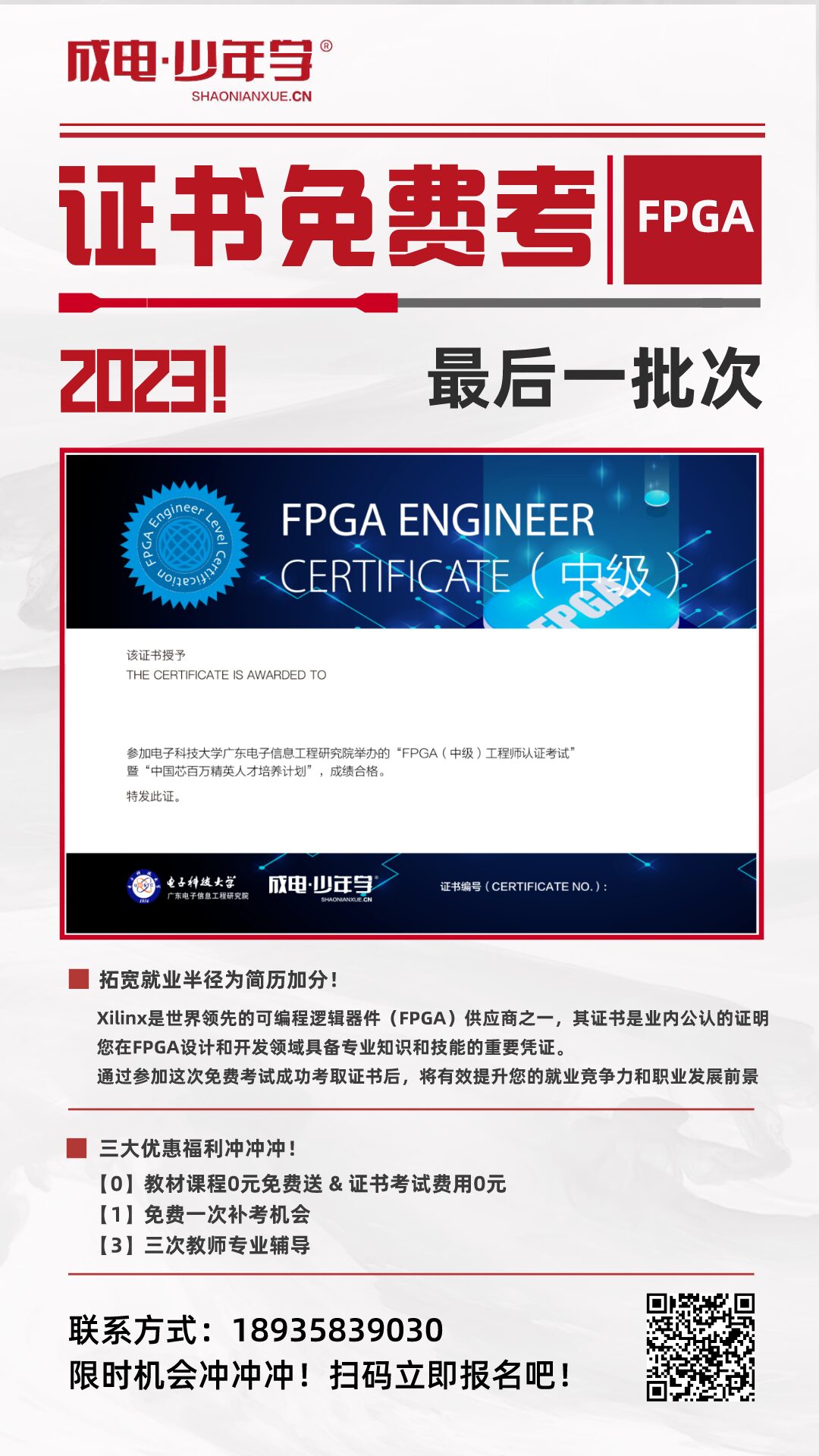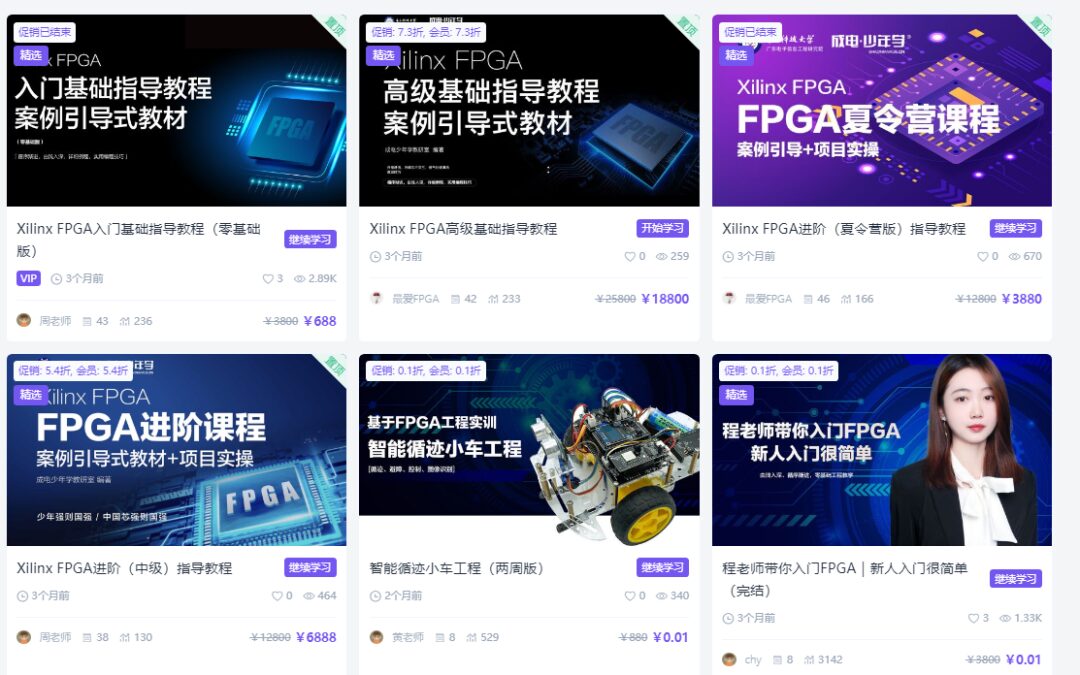
Have you ever wondered how FPGA technology impacts the devices we use daily? In today’s fast-paced tech landscape, FPGAs are becoming increasingly important. With powerful features and a wide range of applications, FPGAs are driving advancements in modern technology.
The purpose of this article is to introduce the inner workings of FPGAs and showcase their advantages in practical applications. From signal processing to industrial automation, FPGAs have made significant impacts across various industries.
Understanding FPGA Working Principles in 10 Minutes

FPGA Configuration
-
Bitstream Loading
When the FPGA is powered on, the bitstream is loaded into the device’s configuration memory. This can be accomplished through various methods, such as on-chip non-volatile memory, external memory, or dedicated configuration devices.
-
Configuring Logic Blocks and Interconnections
Once the bitstream loading is complete, the configuration data will configure the FPGA’s logic blocks and interconnections to realize the desired digital circuit. This process effectively “programs” the FPGA to perform the intended functions.
FPGA Operation
FPGA Operation
-
Digital Logic Implementation
By configuring the FPGA, it can now perform the intended tasks. The interconnected logic blocks and interconnections form a digital circuit that processes input signals, performs computations, and generates output signals as needed.
-
Parallel Processing Capability
FPGAs excel in parallel processing, as multiple independent digital circuits can be implemented and run concurrently. This makes FPGAs particularly suitable for applications requiring high throughput and low latency.
-
Reconfigurability and Adaptability
A key advantage of FPGAs is their reconfigurability. If a design needs updating or changing, the FPGA can be reprogrammed with a new bitstream, enabling rapid iteration and adaptation to evolving requirements.
Applications of FPGA
Applications of FPGA
Due to their flexibility, performance, and adaptability, FPGAs have been widely used in various fields. Here are some of the most common application scenarios for these versatile devices.
-
Signal Processing and Data Acquisition
FPGAs excel at real-time processing of large volumes of data and are often used for signal processing tasks such as filtering, modulation, and demodulation in radar, sonar, and medical imaging.
-
Industrial Automation and Control Systems
From robotics to machine vision, FPGAs play a crucial role in modern industrial automation and control systems. Their parallel processing capabilities and low-latency performance make them ideal for tasks requiring high-speed data processing and decision-making.
-
Networking and Telecommunications
In the networking and telecommunications field, FPGAs are used for tasks such as packet processing, routing, and encryption. FPGAs provide the necessary flexibility to adapt to evolving standards and protocols, making them an indispensable part of today’s interconnected world.
-
Cryptocurrency Mining
Due to their parallel processing capabilities and power efficiency, FPGAs are becoming increasingly popular in cryptocurrency mining. They can be programmed to perform the complex mathematical calculations required for mining tasks while consuming less energy than traditional GPUs or ASICs.
-
Scientific Research and High-Performance Computing
FPGAs are finding applications in scientific research and high-performance computing, utilizing their parallel processing and reconfigurability for tasks such as simulations, data analysis, and algorithm acceleration.
-
Prototyping and Hardware Development

Advantages and Benefits of FPGA
Advantages and Benefits of FPGA
FPGAs have several significant advantages and benefits that make them a desirable choice for various applications. Let’s delve into some of the most notable advantages.
-
Flexibility and Reconfigurability
FPGAs can be reprogrammed in real-time to perform different tasks, providing unparalleled flexibility. This allows them to adapt to changing demands and standards, extending their lifespan and usefulness in many applications.
-
Rapid Prototyping and Development
With FPGAs, engineers can quickly iterate designs and test new concepts without the need for expensive custom silicon. This speeds up the development process and shortens the time-to-market for new products and innovations.
-
Customizability and Scalability
FPGAs can be customized according to specific application requirements, providing tailored solutions to maximize performance and efficiency. Additionally, their inherent scalability makes them suitable for a range of projects, from small-scale prototypes to large-scale production deployments.
-
Power Efficiency
Compared to other programmable devices, FPGAs typically offer better power efficiency, making them an attractive option for energy-sensitive applications. This is especially important in battery-powered devices or energy-sensitive environments.
-
Long-Term Cost Effectiveness
Although the initial cost of FPGAs may be relatively high, the long-term cost-effectiveness of FPGAs becomes evident when considering factors such as reduced development time, adaptability, and power efficiency. Over time, these advantages can lead to significant cost savings for businesses and projects.



END




Currently, Chengdian Youth Learning has already supplied many companies with advanced FPGA talents, with salaries exceeding those of peers by 52%, and an employment rate of 100%.





For details, please contact:
Teacher Chen: 13219696129 (WeChat synced)
Teacher Gao: 18935839030



